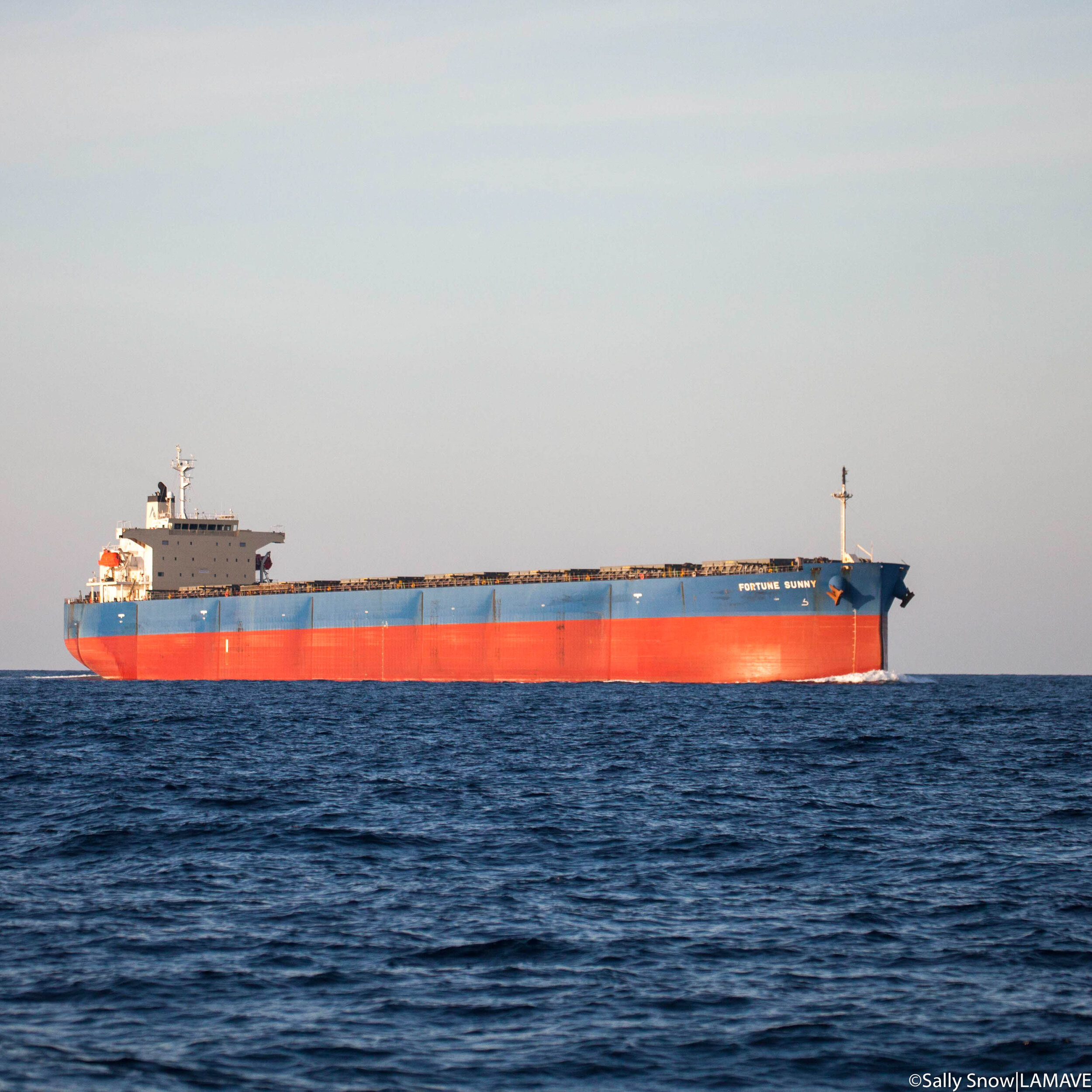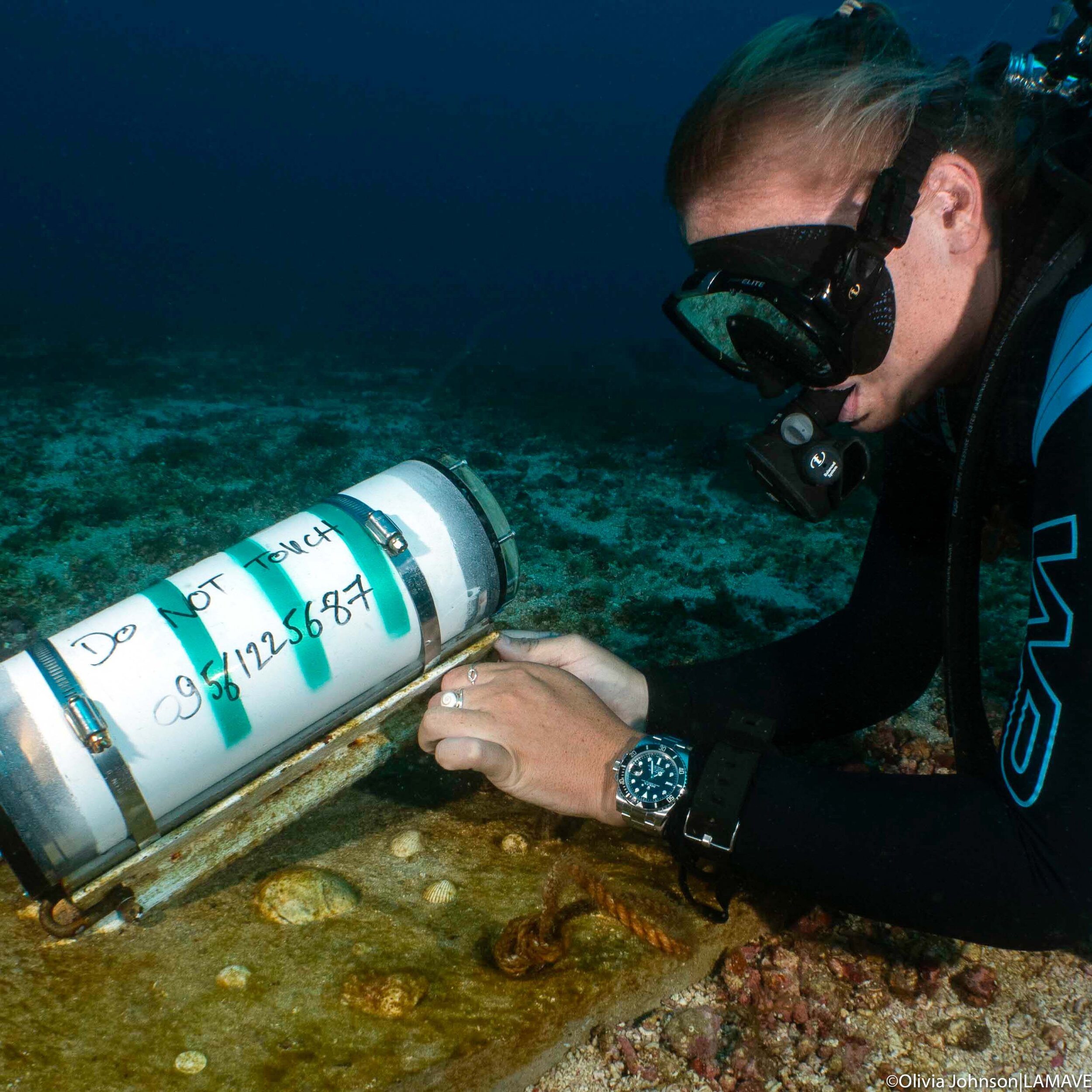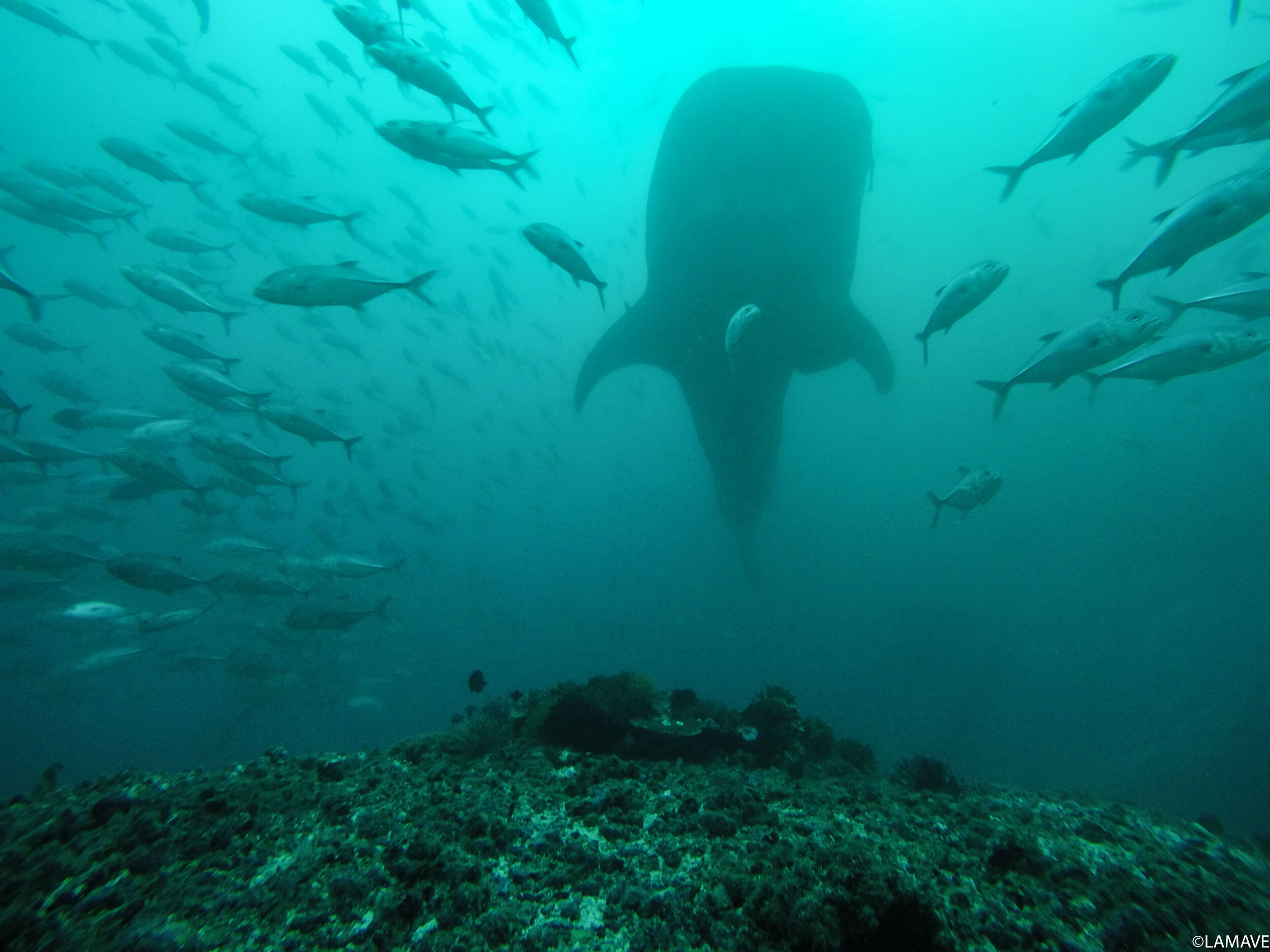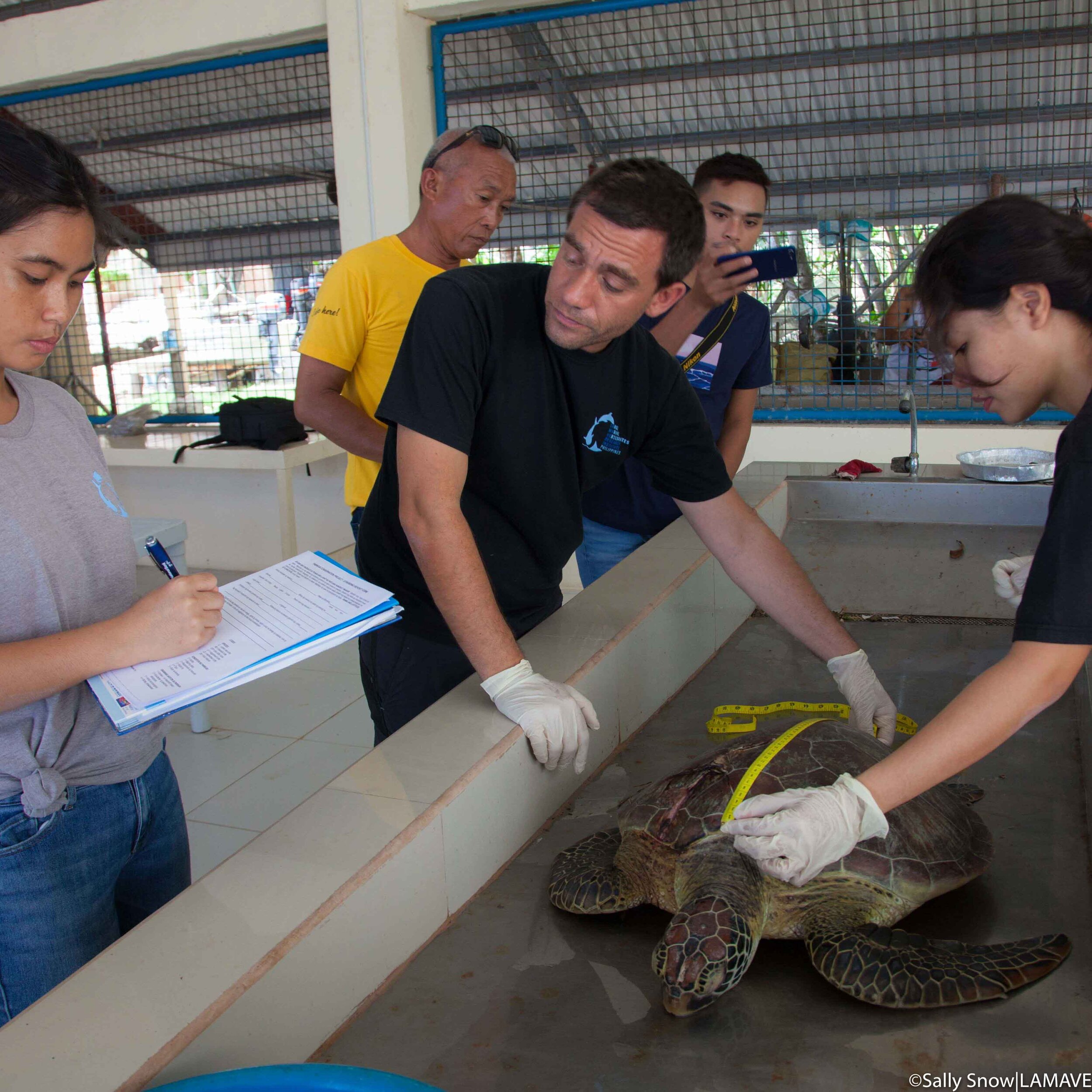MOBULA RAYS IN THE PHILIPPINES
Manta and Devil Rays (Chondrichthyes, family Mobulidae) are large, planktivorous (feeding on plankton), and cartilaginous (with skeleton made of cartilage) fishes. As a group, these charismatic animals can be found in tropical, subtropical, and warm temperate waters all around the globe.
Seven of the nine species of the genus Mobula have a confirmed presence in the Philippines. These seven species are the spine-tail devil ray (Mobula japanica), bent-fin devil ray (Mobula thurstoni), sickle-fin devil ray (Mobula tarapacana), shortfin devil ray (Mobula kuhlii), pygmy devil ray (Mobula eregoodootenkee), oceanic manta ray (Mobula birostris), and reef manta ray (Mobula alfredi).
The Philippines is one of the best places in the world to see mobula rays. The unique geographical features of deep oceanic waters close to the coastlines of the archipelago make encountering these creatures relatively easy, as they are otherwise rarely seen close to shore.
Targeted Fisheries Ceased after a Nation-Wide Ban in 2017
Small villages along the Bohol and Sulu Sea have traditionally hunted Mobulas for over a century. These creatures were once believed to be so common that people could walk on their backs to cross between islands.
In the 70s, these local fisheries replaced their artisanal catch methods with industrialized techniques. Kilometers-long nylon driftnets and commercial engines took the place of traditional hand-tossed harpoons and sail and paddle propulsion.
This modernization of fishing practices facilitated an increase in catch to the point that the local coastal fishing grounds were no longer able to support the industry. This caused fishers to venture further and further offshore to meet the ever-rising demand for mobula byproducts.
This transformation of the local fisheries from traditional to industrial set-ups was driven by an increase in demand by both local and overseas markets. Local people developed a taste for mobula meat while the traditional Chinese medical market sought out ever-increasing quantities of the rays’ dried gill rakers.
Manta and devil rays were targeted by fisheries in the Philippines until as recently as 2017. While the oceanic manta ray has technically been protected in the country since 1998, the overlapping occurrence of these species, the non-selective fishing methods used by local fishers, and the lack of enforcement by the authorities meant that the oceanic manta, along with other mobula, were still caught in large numbers.
Manta and devil rays are susceptible to dramatic population declines and thus are unable to sustain these intense fishing pressures. This is because they are k-selective species characterized by slow growth, late sexual maturation (5-9 years), low fecundity (typically giving birth to a single pup every 2-5 years), and long gestation periods (12 months).
In 2017, all species of mobula were listed under Appendix II of the Convention on International Trade in Endangered Species of Wild Fauna and Flora (CITES). This is an international agreement between governments that seeks to ensure that the trade of wild species does not threaten their survival.
In the Philippines, this resulted in a national ban on the catching and selling of all mobula rays and their byproducts, in accordance with the Amended Philippine Fisheries Code (RA 8550). This code ensures that the catch of any species listed under CITES Appendices is prohibited until the sustainability of the harvest is scientifically proven.
Threats to these species:
Illegal targeted fishing and incidental bycatch;
Chemical pollution, especially oil spills
Solid pollution including microplastics
Unregulated diving tourism in critical habitats such as cleaning stations and aggregations sites;
Habitat degradation and destruction in key habitats such as unsustainable coastal development, boat anchoring, ghost nets, dynamite and cyanide fishing, and trawling over cleaning stations;
Boat and ship traffic.
OUR WORK
Research Methods
To collect data in support of our conservation work we apply many different research methods including but not limited to:
Photo identification
Remote Underwater Video System survey
Genetic and Genomics
Feeding ecology
Toxicology and parasitology
Rapid By-catch Assessment
Habitat surveys (at cleaning stations and feeding grounds)
Catch landing surveys in target fishery sites
Behavioral studies
Tourism behavior and guidelines compliance assessment
Economic assessment of diving with manta tourism
OUR PROJECTS
Ticao, Manta Bowl Manta Ray Research and Conservation Project
Manta Bowl - The Manta Capital of the Philippines
Manta Bowl is a small seamount located 7km offshore from the island of Ticao, Masbate. The site lies at the center of the Ticao Pass - one of the richest waters in the Philippines. This extraordinary habitat hosts an enormous diversity of large marine vertebrates including reef and oceanic manta rays, dolphins, whales, and many species of marine turtles. The Ticao Pass is also home to an impressive array of sharks, including thresher, hammerhead, white-tip, and whale sharks.
The bowl attracts so many of these charismatic marine species due to the presence of cleaning stations in the area. These stations are patches of reef where manta rays and other species come to have parasites and dead skin removed by cleaner wrasse. This regular cleaning works to maintain the health of individuals within the population.
Unfortunately, the natural abundance of Manta Bowl has led to its residents having to contend with various threats. These include damaging ghost nets, unregulated tourism, anchoring, fishing lines, and harvesting for local consumption.
The LAMAVE team works with the Protected Area Management Board of the Ticao-Burias Pass Protected Seascape to ensure the conservation of Manta Bowl. Our dedicated research project was launched in 2017 and aims to describe the population of manta rays visiting the site. This research is important to both understand and communicate the significance of the area for these species while identifying and mitigating existing threats.
Local awareness is an important part of the project. In 2019, LAMAVE hosted the first Manta Awareness Day in collaboration with the Municipality of San Jacinto.
Our team uses photo-identification and citizen science to identify individual rays and describe the aggregation. We also use acoustic telemetry to track individuals to better understand how they use Manta Bowl and nearby areas. Remote Underwater Video Systems (RUVs) are employed by LAMAVE as well, which are used to understand the cleaning, courting, and mating behaviors prevalent in Manta Bowl.
The Ticao Manta Bowl Research and Conservation Project is part of our wider initiative to conserve and restore manta and devil ray populations in the Philippines.
KEY FINDINGS AND ACCOMPLISHMENTS:
Updated as of February 2020- Over 260 individual manta rays identified
- 10 individual mantas tagged with acoustic tags
- First Manta Awareness Day in 2019 in San Jacinto, Ticao
- Removal of ghost nets from the cleaning station
North Palawan Manta Ray Research and Conservation Project
The province of Palawan is home to some of the most beautiful and rich ecosystems in the world. Often referred to as the “Last Ecological Frontier”, its northern portion includes a diversity of shallow bays and rocky islets surrounded by intact mangrove forests and deep oceanic habitats.
LAMAVE collaborated with local partners in 2017 to investigate a series of cleaning stations in the area which are regularly used by a large aggregation of reef manta rays. Divers visiting the area make up what is currently a small-scale tourism industry that is invested in the sustainable management of the area.
Our initial work involved equipping and training a local dive shop in the use of Remote Underwater Video Systems (RUVs). Using this technology, we aimed to gain an understanding of the manta ray population in the area as well as the significance of the cleaning stations for the species.
In December 2019, LAMAVE deployed a dedicated research team in the Northern Palawan area. This team sought to discover new manta ray cleaning stations by expanding the survey areas into unexplored islets and keys. Today, our team continues this work in collaboration with Local Government Units (LGUs) and other resident stakeholders.
In addition to exploring the wider area to identify key habitats, our research also seeks to identify potential threats and pinpoint the appropriate protective measures. We aim to provide data and create tools that will allow for the creation and management of a network of dedicated Marine Protected Areas as well as the sustainable management of the growing tourism industry.
KEY FINDINGS AND ACCOMPLISHMENTS:
Updated as of April 2020- Over 30 individual manta rays identified
- Pristine coral reefs
- Identification of several reef shark nurseries
Bohol and Sulu Sea - Mobula Fisheries Research
A nationwide ban on the catching and selling of manta and devil rays in 2017 came as a response to the listing of all nine devil ray species (Mobula spp.) in Appendix II by the Conference of the Parties (CoP17), CITES. Prior to this ban, LAMAVE focused research on monitoring a century-old ray fishery site in Bohol in order to discern its sustainability.
Since 2011, we have been recording catch landing, morphometric and anatomical data, health data, stomach content (to understand feeding ecology and aggregation drivers), and economic data (to understand the value of the fishery to the community).
Our findings indicated that the fishing ban was a much-needed measure for the conservation of the species. Unfortunately, it was met with no support from local and national authorities as well as local fishers who depended on the industry.
These divisions between the community instigated a cycle of top-down intervention that is typical of the fishing industry for marine megafauna in the Philippines. Other targetted manta and devil ray fisheries remain unmonitored and unenforced along the south shores of the Bohol and Sulu Sea.
In Jagna, this fishing ban caused many livelihoods to be lost. While some fisherfolk moved away from the sea to pursue other opportunities, many remained and continued to fish illegally. This resulted in increased by-catch, which in turn supported the local black market.
Post-ban, our research was limited by local tension and security issues, causing a halt to our data collection. We shifted our focus for the next two years to instead aid transitioning community members. We accomplished this primarily through granting community scholarships in order to encourage the completion of education among the local children.
In 2018, the Philippine government removed the tuition fee from public schools, granting access to education to the most marginalized students. We are now looking to the future of these students and the local community by working to provide further funding and initiatives to support their higher education.
It is our hope that increasing education rates will empower members of the local community to find alternative livelihoods that do not depend on the overexploitation of the manta and devil ray population.
OUR IMPACT
Impact & Output
>100 individual oceanic mantas identified and >400 individual reef mantas identified
Co-hosted the first Manta Awareness Day in San Jacinto, Ticao
Set up an acoustic array and tagged individual mantas to understand residency
Publications
Genome-wide data for effective conservation of manta and devil ray species. Hosegood, J., Humble, E., Ogden, R., de Bruyn, M., Creer, S., Stevens, G., Abudaya, M., Bassos-Hull, K., Bonfil, R., Fernando, D., Foote, A.D., Hipperson, H., Jabado, R.W., Kaden, J., Moazzam, M., Peel, L., Pollett, S., Ponzo, A., Poortvliet, M., Salah, J., Senn, H., Stewart, J., Wintner, S., Carvalho, G.. bioRxiv. 2019
DNA metabarcoding assays reveal a diverse prey assemblage for Mobula rays in the Bohol Sea, Philippines. Bessey, C., Jarman, S.N., Stat, M., Rohner, C.A., Bunce, M., Koziol, A., Power, M., Rambahiniarison, J.M., Ponzo, A., Richardson, A.J. & Berry, O. Ecology and evolution, 9(5), pp.2459-2474. 2019
A regional perspective on the Mobulid Ray interactions with surface fisheries in the Indian Ocean. Shahid, U., Kiszka, J., Moazzam, M., Fernando, D., Rambahiniarison, J. & Jabado, R. Fourteenth Session of IOTC Working Party on Ecosystem and Bycatch (WPEB14), pp.10-14. 2018.
Life History, Growth, and Reproductive Biology of Four Mobulid Species in the Bohol Sea, Philippines. Rambahiniarison, J.M., Lamoste, M.J., Rohner, C.A., Murray, R., Snow, .S, Labaja, J., Araujo, G. & Ponzo, A. (2018) Frontiers in Marine Science. 5:269. doi: 10.3389/fmars.2018.00269
Occurrence of the rare and Endangered Ornate Eagle Ray, Aetomylaeus vespertilio (Bleeker, 1852) (Chondrichthyes, Myliobatidae), at a remote marine protected area in the Philippines. Araujo, A., Snow, S.J., Cornish, A., Murray, R., Delijero, K., Ponzo, A. & Dygico, M. Check List. 2018
Trophic overlap in mobulid rays: insights from stable isotope analysis. Stewart, J.D., Rohner, C.A., Araujo, G., Avila, J., Fernando, D., Forsberg, K., Ponzo, A., Rambahiniarison, J.M., Kurle, C.M. & Semmens, B.X. Marine Ecology Progress Series, 2017
Mobulid rays feed on euphausiids in the Bohol Sea. Rohner, C.A., Burgess, K.B., Rambahiniarison, J.M., Stewart, J.D., Ponzo, A. & Richardson, A.J. Royal Society open sci.4: 161060 2017
First Records of the reef manta ray Manta alfredi in the Bohol Sea, Philippines, and its implication for conservation. Rambahiniarison, J., Araujo, G., Lamoste, M.J., Labaja, J., Snow, S. & Ponzo, A. Journal of Asia-Pacific Biodiversity, 2016




































































Scientific study takes a deeper look into the reproduction of mobulid rays in the Philippines
A new scientific publication by Large Marine Vertebrates Research Institute Philippines (LAMAVE) was lead by researcher Joshua Rambahiniarison and aimed to determine life history and reproductive parameters for several mobulids caught in the Philippines to provide vital information on the sustainability of the exploitation and consumptive use of these megafauna, at the country level and worldwide.